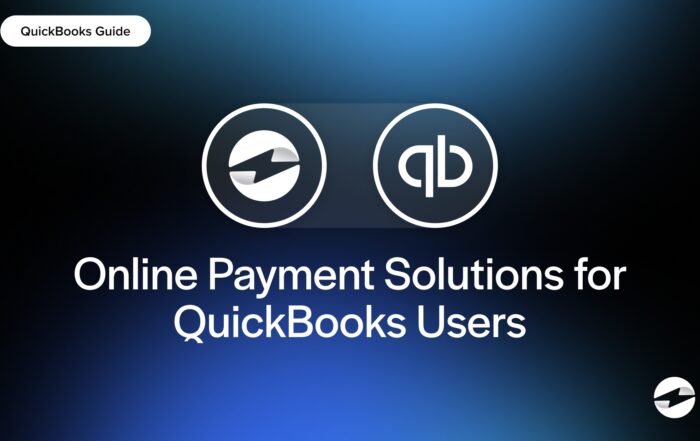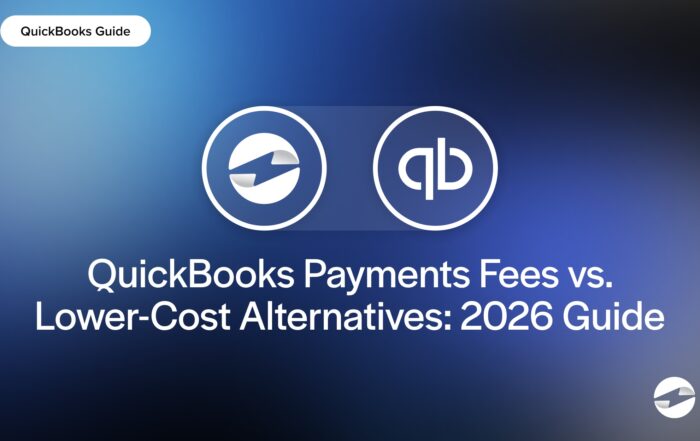What is a balance sheet?
A balance sheet is a financial statement that gives you a snapshot of your business at a specific point in time. It shows what you own (assets), what you owe (liabilities), and what the owner owns (equity). Businesses use balance sheets to see how they’re doing, measure growth, and make decisions. Whether you’re a small business owner or the CFO of a massive corporation, you can always refer to the balance sheet to answer the question: “Where are we financially?”
The balance sheet follows the important and fundamental accounting equation: Assets=Liabilities+Equity. This formula helps companies understand their financial standing and keep every dollar the business has either owned outright or owed to someone else accounted for.
Key Points
- A balance sheet shows a company’s financial position at a specific moment, listing what it owns, owes, and the owner’s equity.
- The balance sheet is divided into three parts: assets (what you own), liabilities (what you owe), and equity (owner’s stake).
- Revenue and expenses aren’t on the balance sheet – those are in the income statement. The balance sheet focuses on overall financial health.
How to read a balance sheet
A balance sheet is divided into three sections:
- Assets (what you own)
- Liabilities (what you owe)
- Equity (the owner’s or shareholder’s stake in the business)
To read a balance sheet:
- Start with assets – Look at cash, accounts receivable, inventory, and property to see what you own.
- Check liabilities – See outstanding debts, loans, and accounts payable to see what you owe.
- Analyze equity – This is retained earnings and the owner’s investment, showing the net worth of the business.
If assets are way higher than the liabilities, then you’re in good shape. If the liabilities are substantial, you may be at risk.
Which account doesn’t appear on the balance sheet?
Revenue and expenses do not appear on the balance sheet. These are on the income statement. The balance sheet only shows assets, liabilities, and equity—not the business’s earnings or spending over time. For example, a company’s sales revenue or advertising expenses wouldn’t be listed on the balance sheet. However, retained earnings (profits not distributed) would be under equity. Three of the most common off-balance sheet items include operating leases, leaseback agreements, and accounts receivable.
Balance sheet example
Here’s a simplified example of a small business’s balance sheet:
XYZ Coffee Shop – Balance Sheet (December 31, 2024)
Assets
- Cash: $15,000
- Accounts Receivable: $8,000
- Equipment: $20,000
- Inventory: $5,000
- Total Assets: $48,000
Liabilities
- Accounts Payable: $6,000
- Business Loan: $12,000
- Total Liabilities: $18,000
Equity
- Owner’s Equity: $30,000
- Total Liabilities & Equity: $48,000
Notice the total assets always add up to the total of liabilities and equity. The reason is because of the fundamental accounting equation: Assets = Liabilities + Equity. This equation reflects the idea that everything a company owns (assets) was either funded by borrowing money (liabilities) or by the owners’ investment (equity). So, the total value of what a business owns has to match the total value of what it owes and what the owners actually own in the company. It’s like balancing a scale – if one side has more, the scale tips, meaning the financial records wouldn’t be accurate.
What is a classified balance sheet and what’s the difference?
A classified balance sheet organizes assets and liabilities into subcategories, making it easier to analyze financial data. Unlike a regular balance sheet, which lists everything in a simple format, a classified balance sheet groups items as:
- Current vs. non-current assets – Short-term (cash, receivables) vs. long-term (real estate, patents).
- Current vs. long-term liabilities – Short-term debts vs. long-term obligations like mortgages.
This makes the financial data more detailed, which is helpful for investors, lenders, and business owners making long-term decisions.
Balance sheet vs income statement
The balance sheet shows a company’s financial position at a point in time. It answers, “What do we own and owe right now?”
The income statement shows a company’s revenue and expenses over a period (e.g. a month, quarter, or year). It answers, “How much did we earn and spend?”
A company might look good on the balance sheet but bad on the income statement. That’s why both reports are important to understand financial health.
You May Also Like
Read More
EBizCharge Listed as a 2025 Construction Executive Top Construction Technology Firm
Read More
QuickBooks Payments Fees vs. Lower-Cost Alternatives: 2026 Guide
Read More



